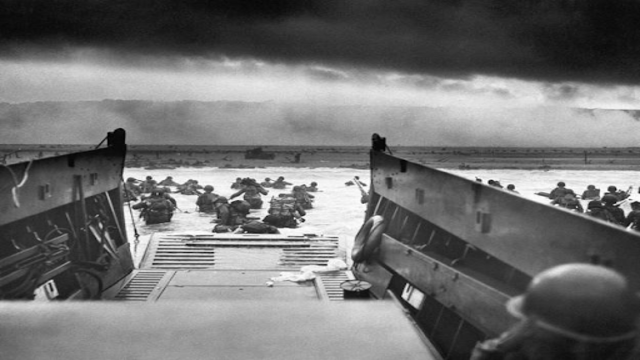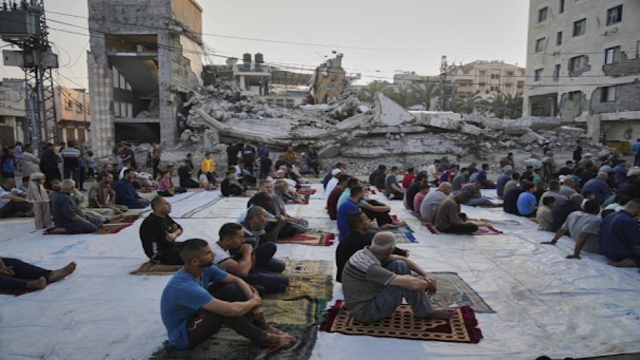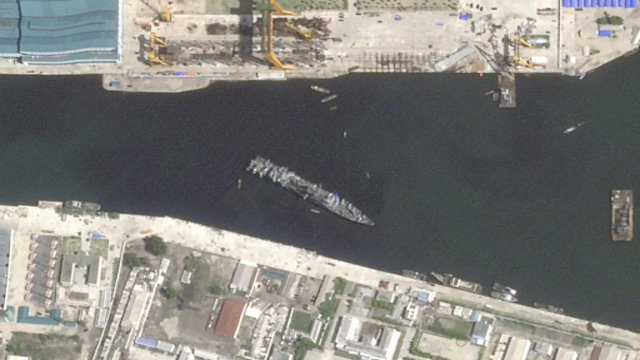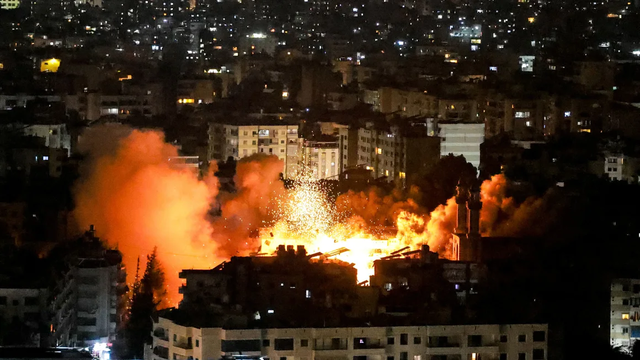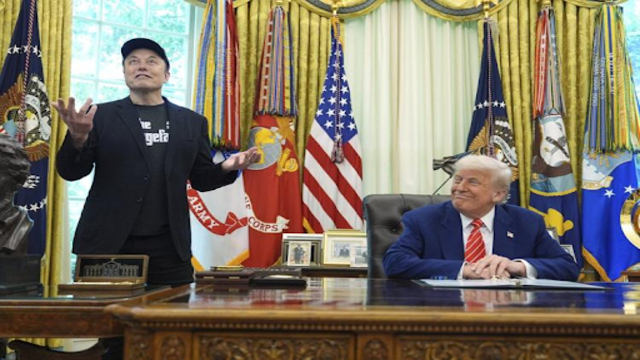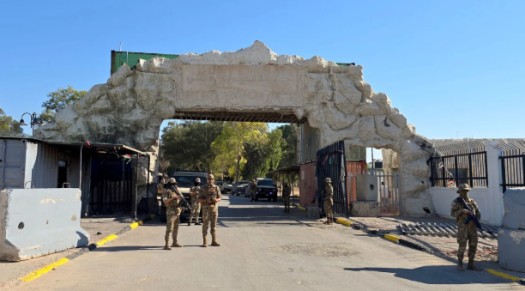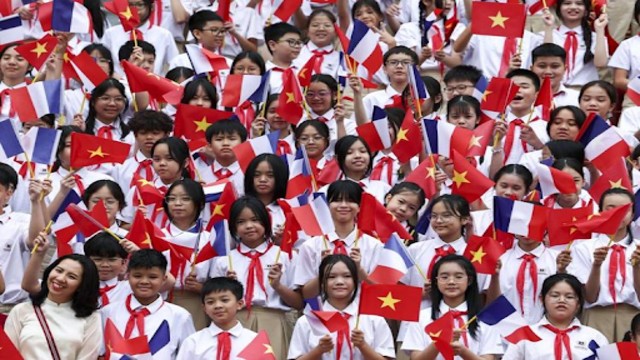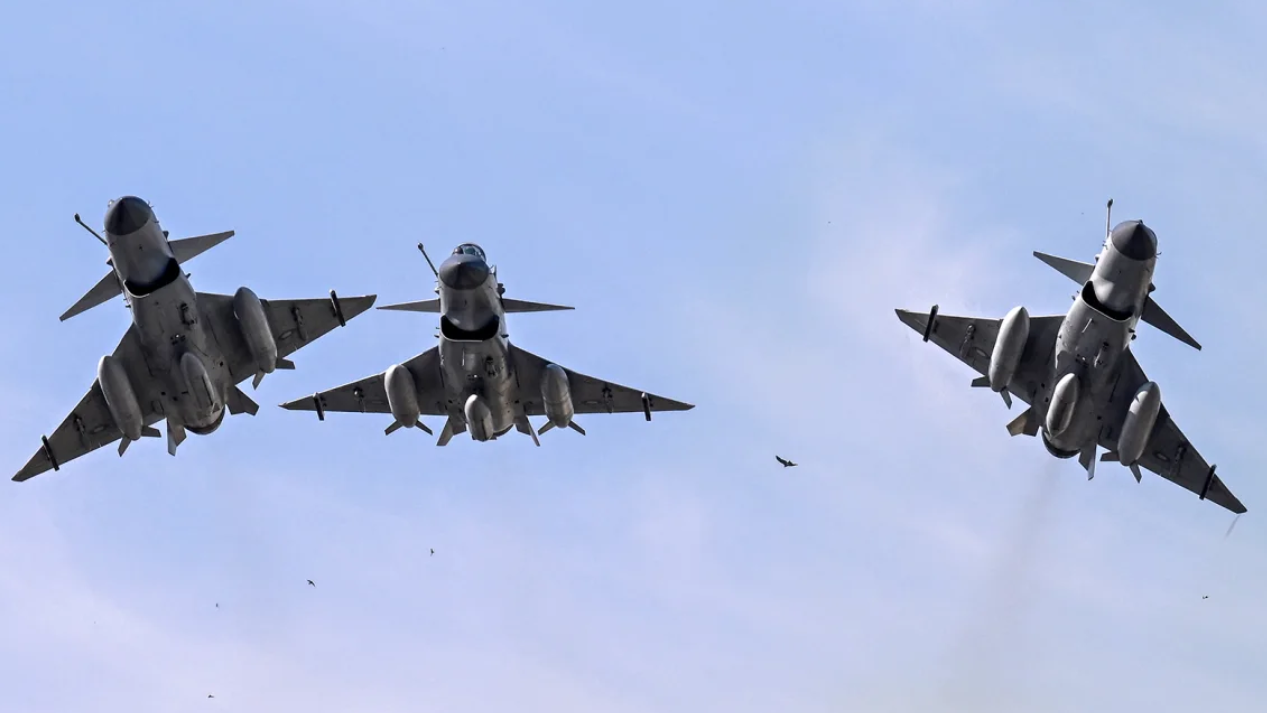
Pakistan Air Force J-10 fighter jets fly past over the President's House during the national day parade in Islamabad on March 23, 2025. (Getty Images)
Tensions between India and Pakistan are boiling over once again. But this time, there's an unexpected spotlight: Chinese military technology. With both nations equipped by rival global powers, the skies over South Asia could soon become a testing ground for China’s billion-dollar defense ambitions.
Pakistan Deploys China-Made Jets in Combat
In a dramatic aerial engagement, Pakistan claimed victory over Indian fighter jets this week. The Pakistan Air Force (PAF) says it downed five Indian aircraft, including three Rafales, using Chinese-made J-10C fighter jets. While India hasn’t confirmed any aircraft losses, the incident has already sent ripples across the global defense landscape. China's AVIC Chengdu Aircraft, the manufacturer of the J-10C, saw its stock surge nearly 40% following the reports.
A Real-World Showcase for Chinese Arms
China has spent billions developing its military tech, but hasn’t fought a war in over 40 years. Now, through Pakistan, its weapon systems are being tested in actual combat conditions.
Beijing has been Pakistan’s top arms supplier for years. According to SIPRI, China supplied 81% of Pakistan’s imported weapons over the past five years. These include fighter jets, missile systems, and radars – many co-developed or manufactured with Chinese technology.
Military Drills and AI Targeting
The Chinese and Pakistani militaries have engaged in numerous joint exercises, including air and sea combat simulations. Analysts say these have grown increasingly complex, involving crew swaps and AI-assisted targeting systems.
Craig Singleton of the Foundation for Defense of Democracies notes that China’s support has subtly but steadily shifted the military balance in South Asia. This isn’t just India vs. Pakistan anymore — it’s a proxy test between Western and Chinese defense systems.
China’s Global Arms Ambitions on the Line
China’s role in this standoff goes far beyond regional alliances. With global arms sales dominated by the US and France, Beijing has long struggled to establish itself as a major exporter.
Now, the performance of the J-10C and PL-15 missile in battle could sway potential buyers in regions like the Middle East and North Africa. “This is essentially a powerful advertisement,” said Antony Wong Dong, a military expert based in Macau.
India’s Western Arsenal Under Fire
India, meanwhile, has increasingly aligned with the US and its allies. It now sources more than half of its arms from countries like France, Israel, and the US. Its acquisition of Rafale jets from France was seen as a game-changer. However, if reports of Rafales being shot down hold true, it could raise serious questions about the Indian Air Force’s tactics and readiness — not just the technology itself. Analysts stress that success in modern warfare depends on coordination, intelligence, and execution, not just hardware.

No Clear Winner Yet
Despite Pakistan’s bold claims, there is no concrete evidence so far. India has remained silent, and some experts believe Indian miscalculations — such as underestimating the PL-15 missile’s range — may have contributed to its apparent losses.
Yet, India’s missile strikes earlier this week reportedly hit targets deep inside Pakistan. That suggests Chinese-made air defense systems may have failed to intercept the attacks — a potential embarrassment for Beijing.
Geopolitical Stakes Are Rising
This conflict comes at a time of shifting global alliances. India’s ties with the US are deepening. Pakistan, cut off from American arms over a decade ago, has fully embraced China as its “ironclad friend.”
Beijing’s growing influence in South Asia, especially through the Belt and Road Initiative, reflects a broader challenge to US dominance in the region.
The Bigger Picture: A Battle of Defense Legacies
If the J-10C’s combat performance is confirmed, it would be a milestone for China’s defense sector. “This would boost global confidence in Chinese arms,” said retired Colonel Zhou Bo of Tsinghua University.
But caution remains. One battle doesn’t rewrite the rules of warfare. As analysts point out, effective warfighting is as much about strategy and preparation as it is about weaponry.
Whether China’s military exports will gain long-term credibility or face scrutiny depends on how this high-stakes standoff unfolds.


